The subject of this post is to review the privacy settings as well as security settings in the Internet Explorer 11 web browser. This web browser provides many settings in these two areas for its users, the most important of which we examine.
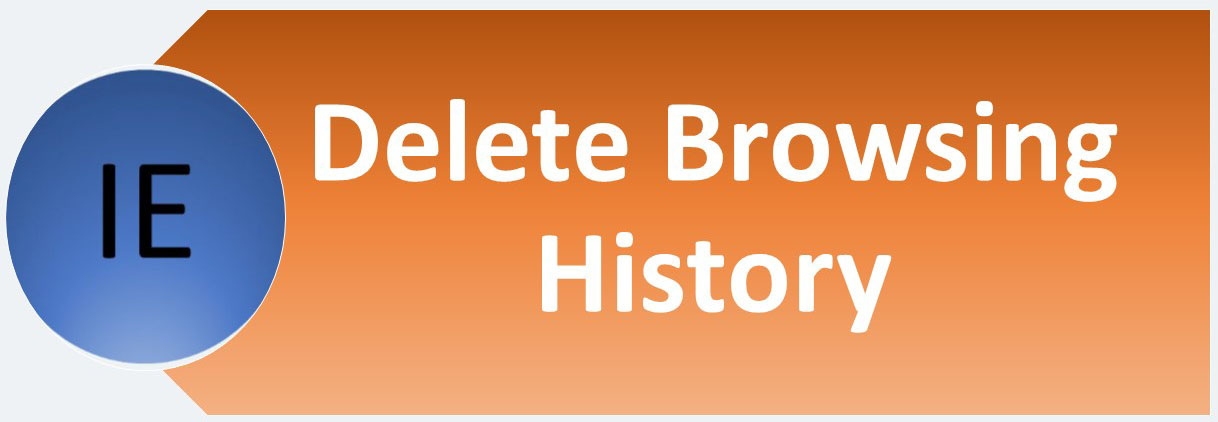
In Tools menu, click on Delete Browsing History. The following dialog box appears:
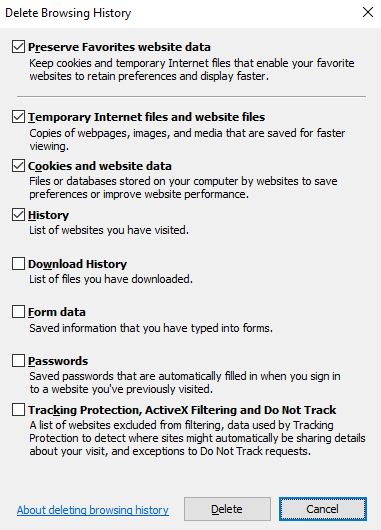
Presever Favorites website data: You must select this checkbox if you want to delete cookies and temporary Internet files. What is the use of not deleting these? Cookies and temporary Internet files enable your favorite websites to retain preferences and display faster.
Temporary Internet files and website files: If you select this checkbox, then webpages, images, and other media files are delete. Temporary files, if never deleted, will take up a lot of disk space (operating system host drive) after a while.
Cookies and website data: You must select this checkbox if you want to delete these files.
History: For deleting list of websites you have visited.
Downloaded History: For deleting list of files you have downloaded.
Form data: Selecting this checkbox deletes saved information that you have typed into forms.
Passwords: You must this checkbox if you want to delete saved passwords that are automatically filled in when you sign in to a website you’ve previously visited.
Tracking Protection, ActiveX Filtering and Do Not Track: You can select this checkbox if you want to delete these items.
Read about Tracking Protection.
After selecting your desired items, you must click Delete button.
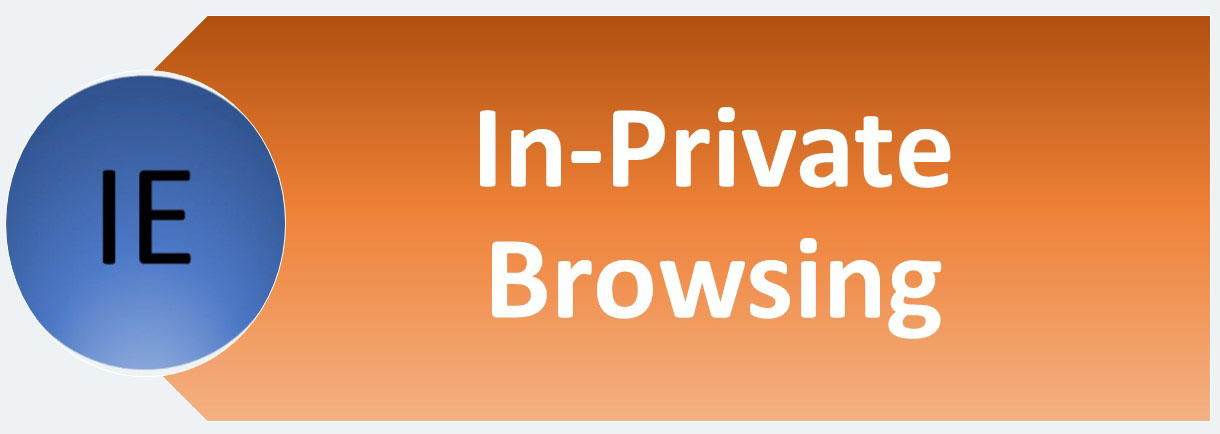
This capability helps prevent Internet Explorer from storing data about your browsing session. This includes cookies, temporary Internet files, history, and other data. Toolbars and extensions are disabled by default.
For use this capability, in Tools menu, click on In-Private Browsing. When InPrivate Browsing is turned on, you will see this indicator:
![]()
To turn off InPrivate Browsing, close this browser window.
![]()
For this, in Tools menu, click on Turn off Tracking Protection.
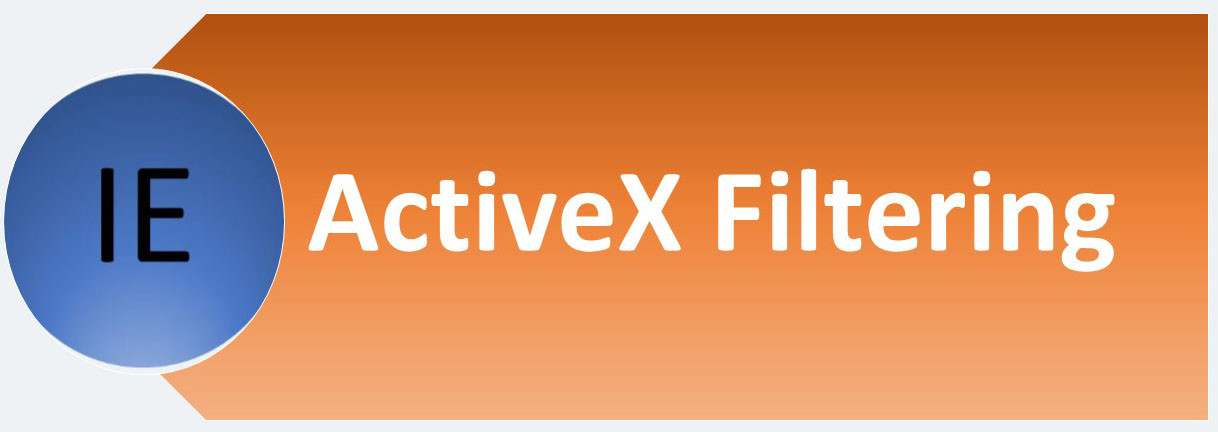
For turn on this capability, in Tools menu, click on ActiveX Filtering.
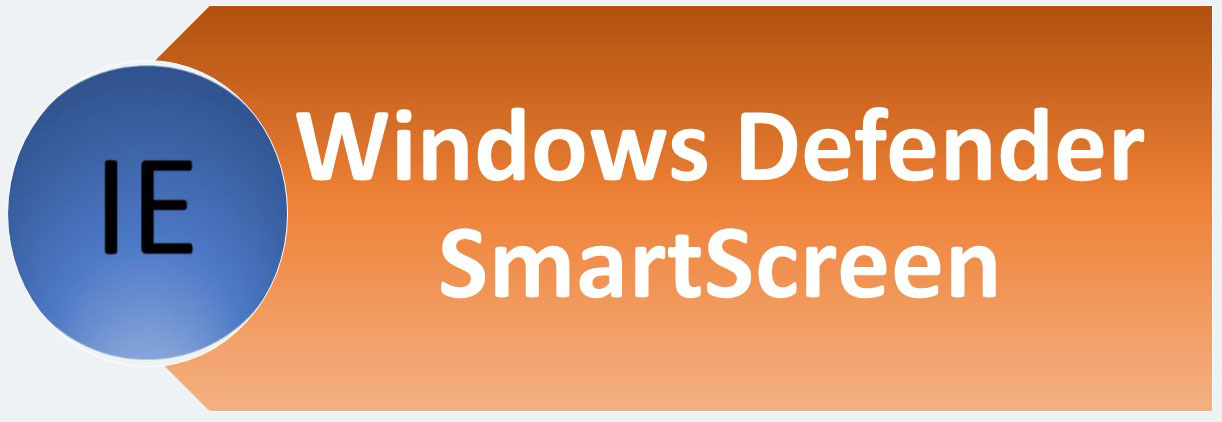
When browsing a website, you can send its addresses to Microsoft to be checked against a list of reported unsafe websites. Information received will not be used to personally identify you.
SmartScreen helps protect you in three ways:
- As you browse the web, it analyzes pages and determines if they might be suspicious. If it finds suspicious pages, SmartScreen will display a warning page, giving you an opportunity to provide feedback and advising you to continue with caution.
- SmartScreen checks the sites you visit against a dynamic list of reported phishing sites and malicious software sites. If it finds a match, SmartScreen will show you a warning letting you know that the site has been blocked for your safety.
- SmartScreen checks files that you download from the web against a list of reported malicious software sites and programs known to be unsafe. If it finds a match, SmartScreen will warn you that the download has been blocked for your safety. SmartScreen also checks the files that you download against a list of files that are well known and downloaded by many people who use Internet Explorer. If the file that you’re downloading isn’t on that list, SmartScreen will warn you.
Source of this section: Support.microsoft.com
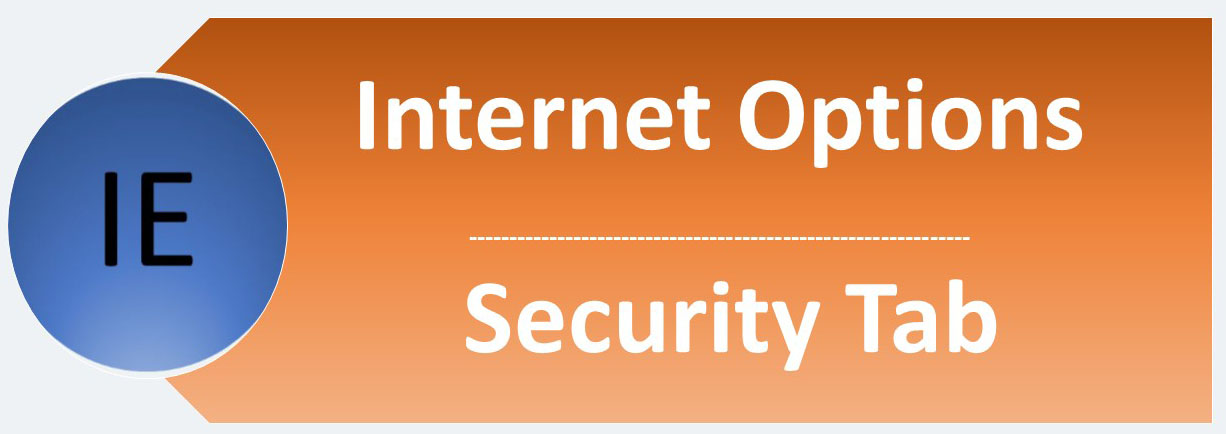
In the Internet Options menu and in the Security tab, a number of security features of this browser can be viewed or configured.
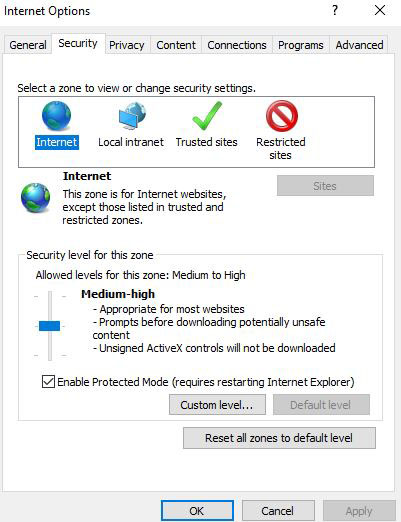
There are settings in this tab for four zones. In the box at the top of this tab, each of the above zones you select, the settings for that zone will appear. These zones are:
- Internet
- Local Intranet
- Trusted Sites
- Restricted Sites
Internet Zone
This zone if for Internet websites, except those listed in trusted and restricted zones. There are a number security levels for this zone. In the form of a bar, you can select any of these levels. These security levels are:
Medium
- It prompts before downloading potentially unsafe content.
- Unsigned ActiveX controls will not be downloaded.
Medium-High
- Appropriate for must websites.
- It prompts before downloading potentially unsafe content.
- Unsigned ActiveX controls will not be downloaded.
High
- Appropriate for websites that might have harmful content.
- Maximum safeguards.
- Less secure features are disabled.
Also, you can select Enable Protected Mode. (This checkbox selected by default)
Finally you can use your custom level instead these security levels. For this, you must click on Custom level button. The following dialog box appears:
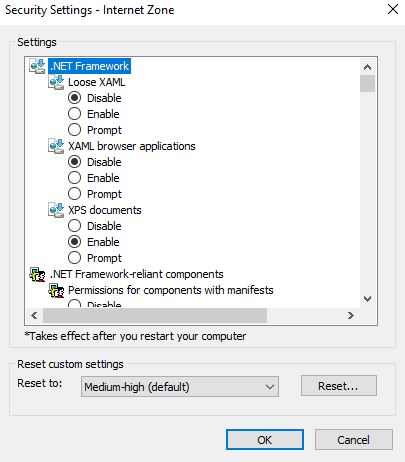
Local Intranet Zone
This zone is for all websites that are found on Intranet. There are five security levels for this zone. In the form of a bar, you can select any of these levels. These security levels are:
Low
- Minimal safeguards and warning prompts are provided.
- Most content is downloaded and run without prompts.
- All active content can run.
- Appropriate for sites that you absolutely trust.
Medium-Low
- Appropriate for websites that on Intranet.
- Most content will be run without prompting you.
- Unsigned ActiveX controls will not be downloaded.
- Same as medium level without prompts.
Medium
- It prompts before downloading potentially unsafe content.
- Unsigned ActiveX controls will not be downloaded.
Medium-High
- Appropriate for most websites.
- It prompts before downloading potentially unsafe content.
- Unsigned ActiveX controls will not be downloaded.
High
- Appropriate for websites that might have harmful content.
- Maximum safeguards.
- Less secure features are disabled.
Also, you can select Enable Protected Mode. (This checkbox unselected by default)
Finally you can use your custom level instead these security levels. For this, you must click on Custom level button.
Trusted Sites
This zone contains websites that you trust not to damage your computer or your files. There are five security levels for this zone. In the form of a bar, you can select any of these levels. Quite similar to intranet’s zone security levels.
Restricted Sites
This zone if for websites that might damage your computer or your files. This zone has only one security level: High.
- Appropriate for websites that might have harmful content.
- Maximum safeguards.
- Less secure features are disabled.
Also Enable Protected Mode is enable by default.
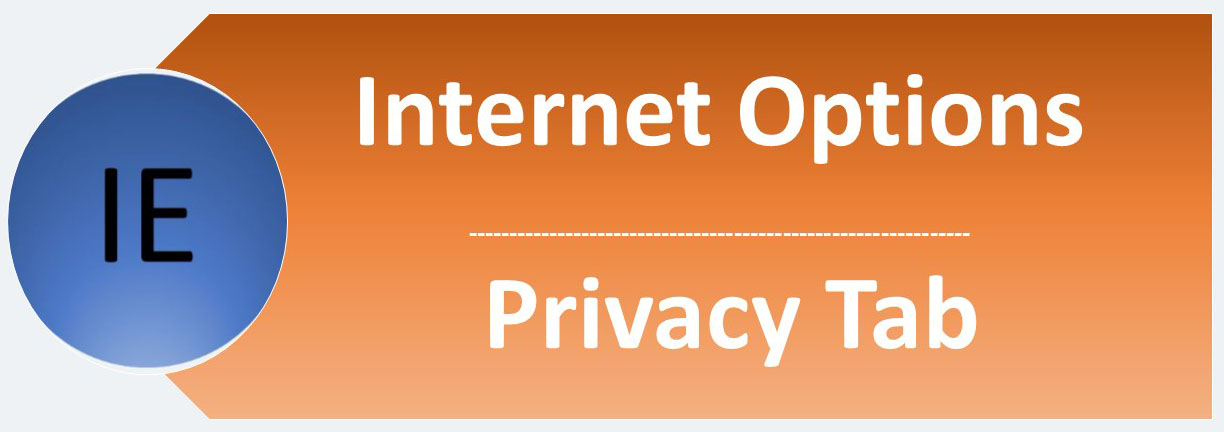
In the Internet Options menu and in the Privacy tab, a number of security features of this browser can be viewed or configured.
Settings
Click on Sites button. The following dialog box appears:
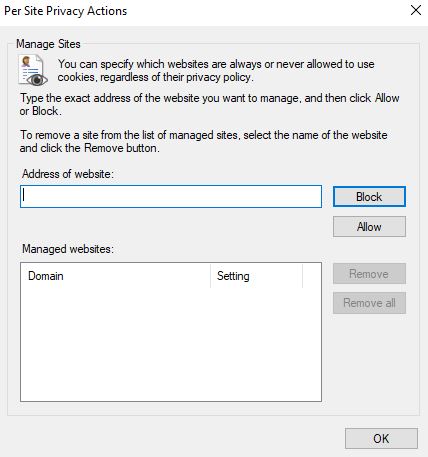
There are two buttons:
- Block: To specify websites that have never been allowed to use cookies.
- Allow: To specify websites that have always been allowed to use cookies.
Return to Privacy Tab. In settings section, click on advanced button. . The following dialog box appears:
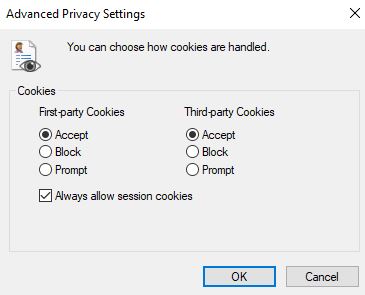
Here you have to decide how cookies to handled.
Pop-up blocker
Click on Settings.
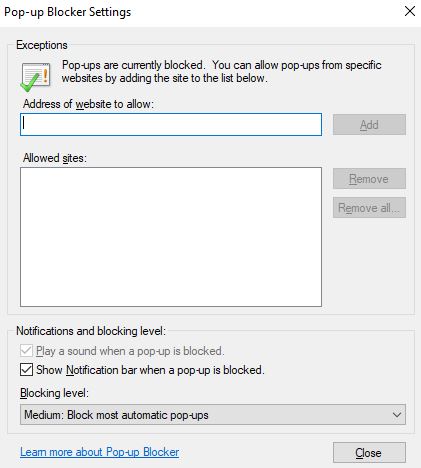
Pop-ups are currently blocked but you can allow pop-ups from specific websites by adding the site to Address of website to allow by add button. Also you can specify Blocking level:
- High: Block all pop-ups.
- Medium: Block most automatic pop-ups.
- Low: Allow pop-ups from secure sites.
———————————–
Also you can read following posts:
Privacy and Security Settings in Google Chrome
Privacy and Security Settings in Firefox




